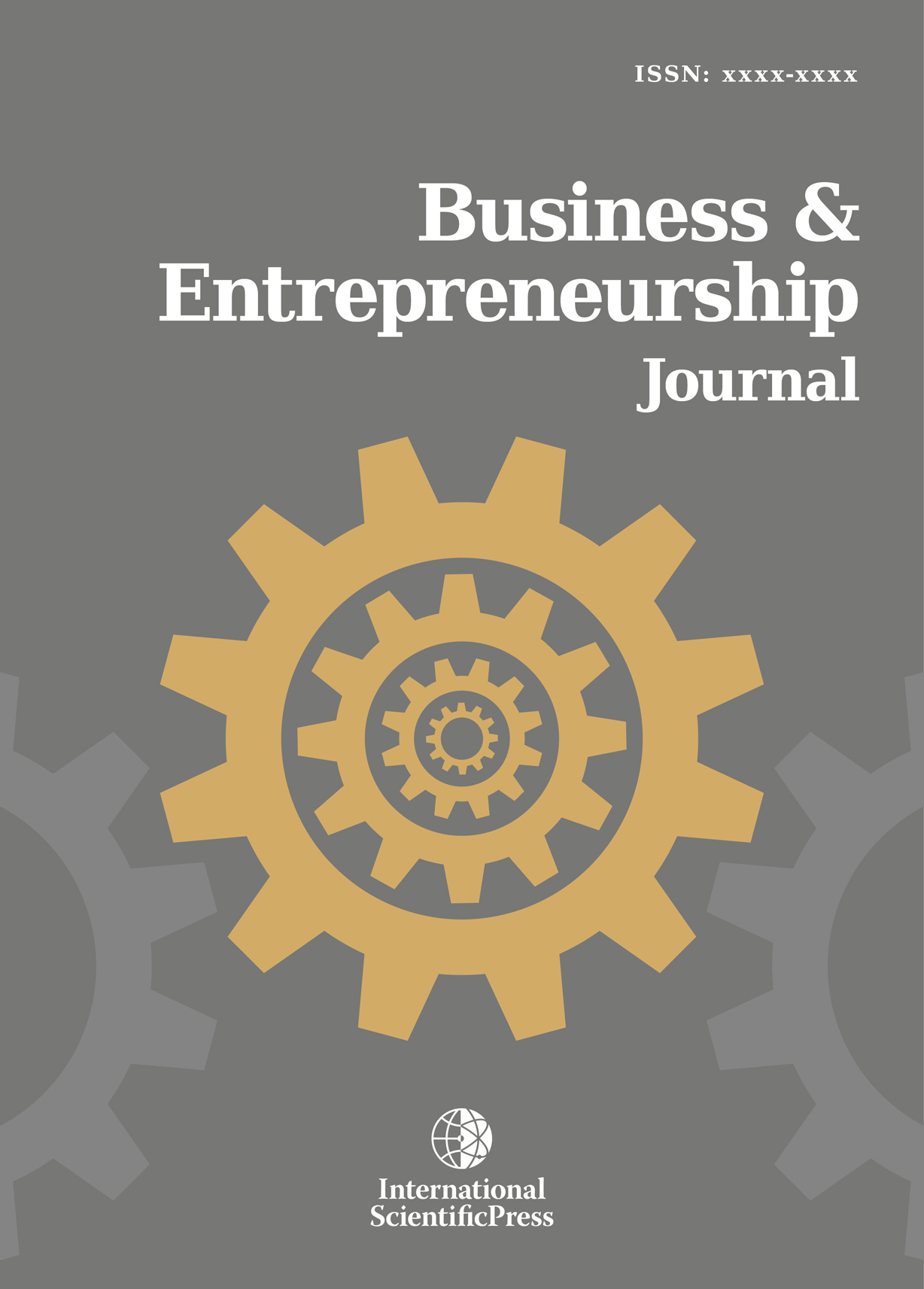Business & Entrepreneurship Journal
Understanding the Vat Gap in the EU: Toward smarter tax policies
-
 [ Download ]
[ Download ]
- Times downloaded: 559
Abstract
The effective collection of taxes is the cornerstone of a fair tax system and is essential for equality and the avoidance of distortions in competition. In the European Union, value-added tax serves as a primary source of government income across all member states, as it represented 15,7% of total tax revenues in 2023 (CASE, 2024). In 2022, VAT revenue rose by a further 10.1%, with revenue 18.6% higher in level terms than compared to the 2019 pre-pandemic level.
Cross-border VAT fraud in the EU is responsible for revenue losses of approximately 50 billion euros annually (Poniatowski et al., 2020). Consequently, measuring the VAT Gap is very important for European countries for many reasons.
The VAT Gap measures the discrepancy between the anticipated revenue from Value-Added Tax (VAT) and the actual revenue collected by tax authorities. One measure of the success of VAT enforcement actions and compliance is the VAT Gap, since it reflects the revenue loss due to cases of tax evasion, tax avoidance, the inability of businesses to pay VAT due to bankruptcies and liquidity issues, as well as the low performance of the tax administration in audits and the collection of tax revenues (Barbone, et al. 2013).
In order to reduce the VAT Gap, coordinated actions are required on various fronts, such as strengthening collaboration within the European Union and with non-EU countries, optimizing the efficiency of tax administrations, encouraging companies and tax authorities to cooperate and comply voluntarily as well as improving collection performance and reducing costs revenue collection.
Technology is also a key driver for the successful management of VAT, and therefore, more effective utilization of digital technology opportunities is required. Additionally, action is needed towards a modernized rate policy, by removing unjustified exemptions and reduced rates regarding VAT, expanding the tax base, enhancing the effectiveness of tax collection, and addressing tax evasion.
There is a need to simplify the current VAT system in order to reduce the compliance costs and administrative burden for both small and large businesses. It should become more efficient and neutral, as well as strong and fraud resistant (Fiscalis, 2020). The cooperation between Member States could highlight best practices that could contribute to streamlining the VAT system (European Commission, 2011), thereby reducing compliance costs while simultaneously ensuring VAT revenue.
JEL classification numbers: H26, H21, H83.
Keywords: Vat Gap, Tax Compliance, Tax Evasion, Digital Tax Administration, European Union, Fiscal Policy.
